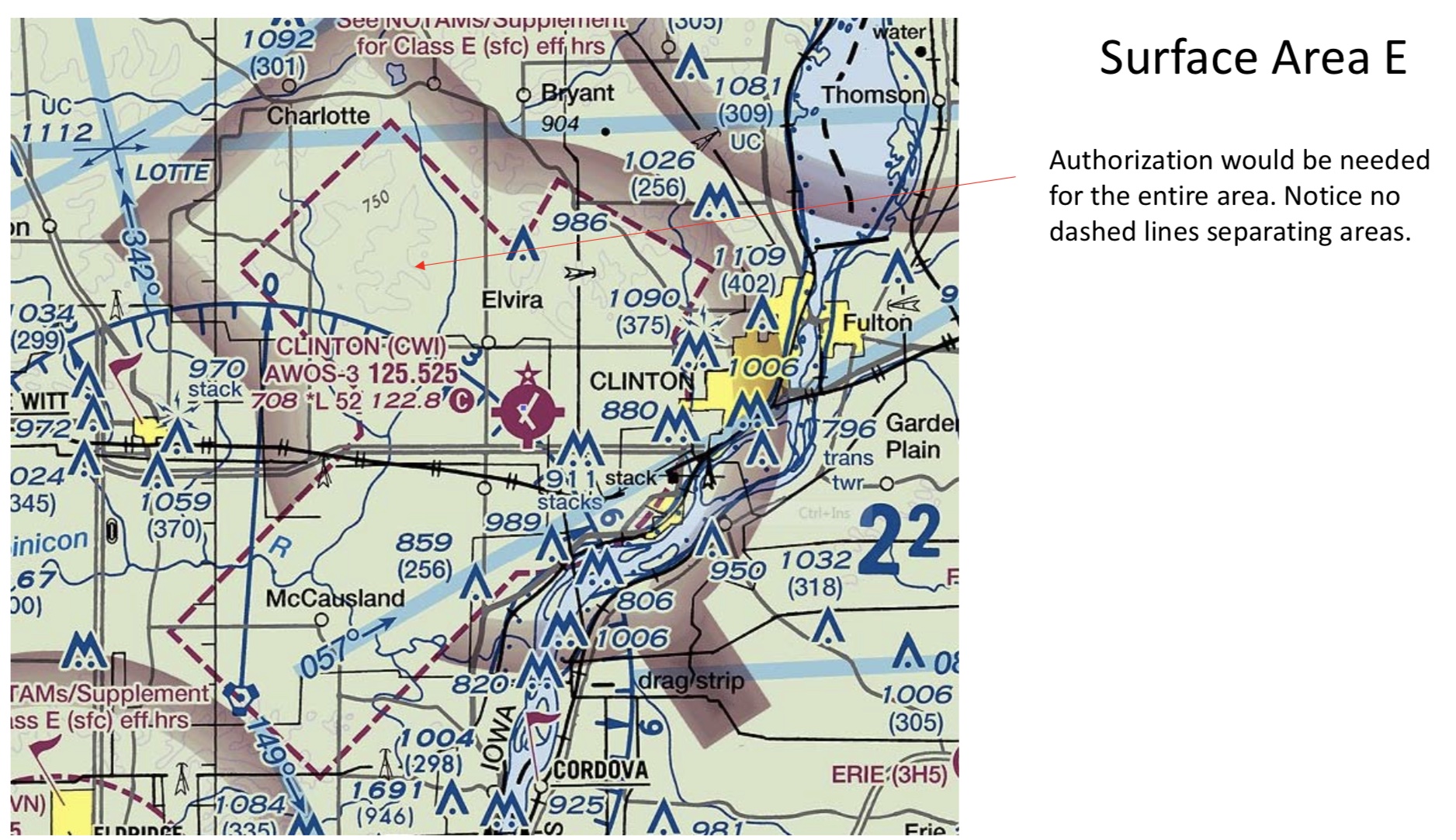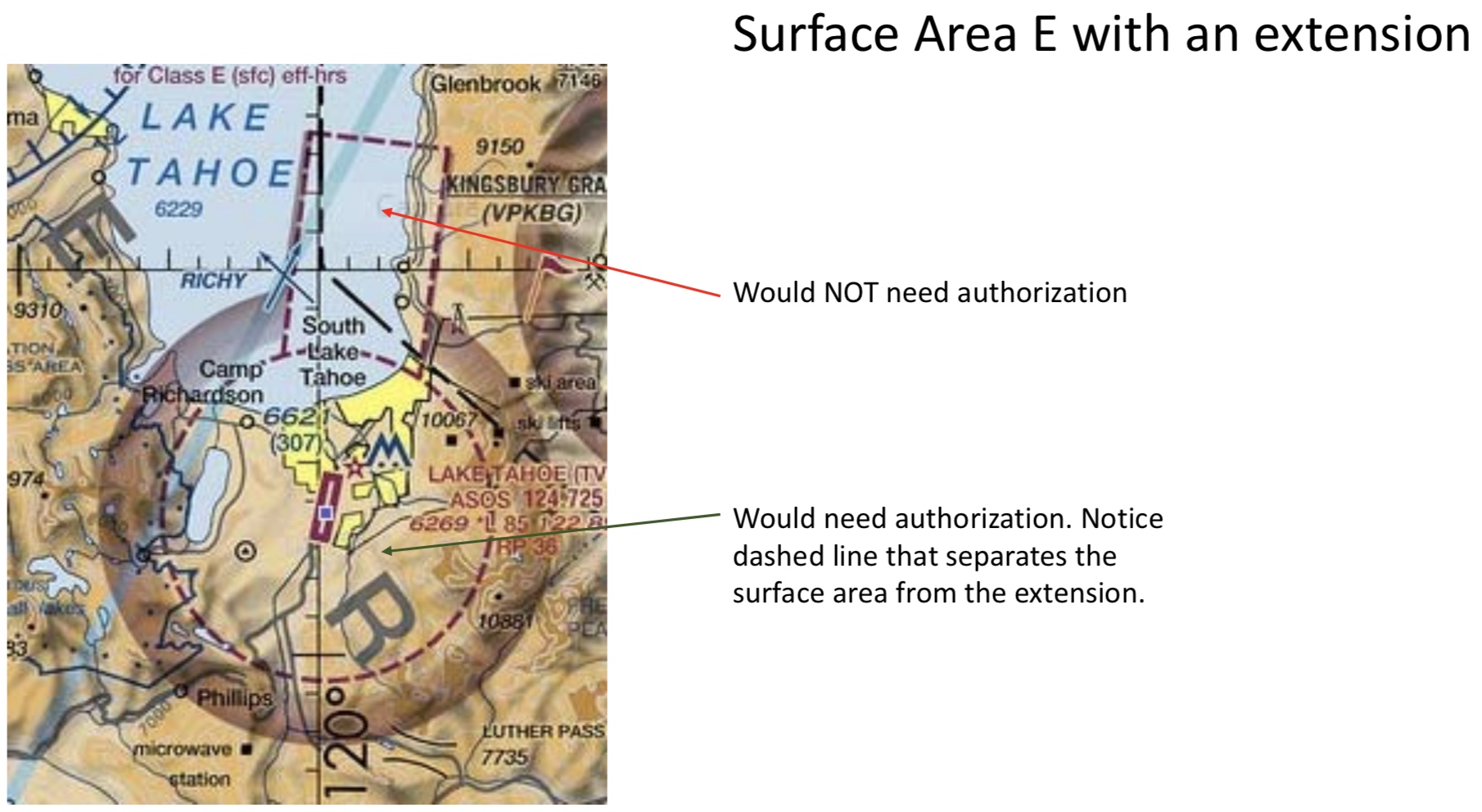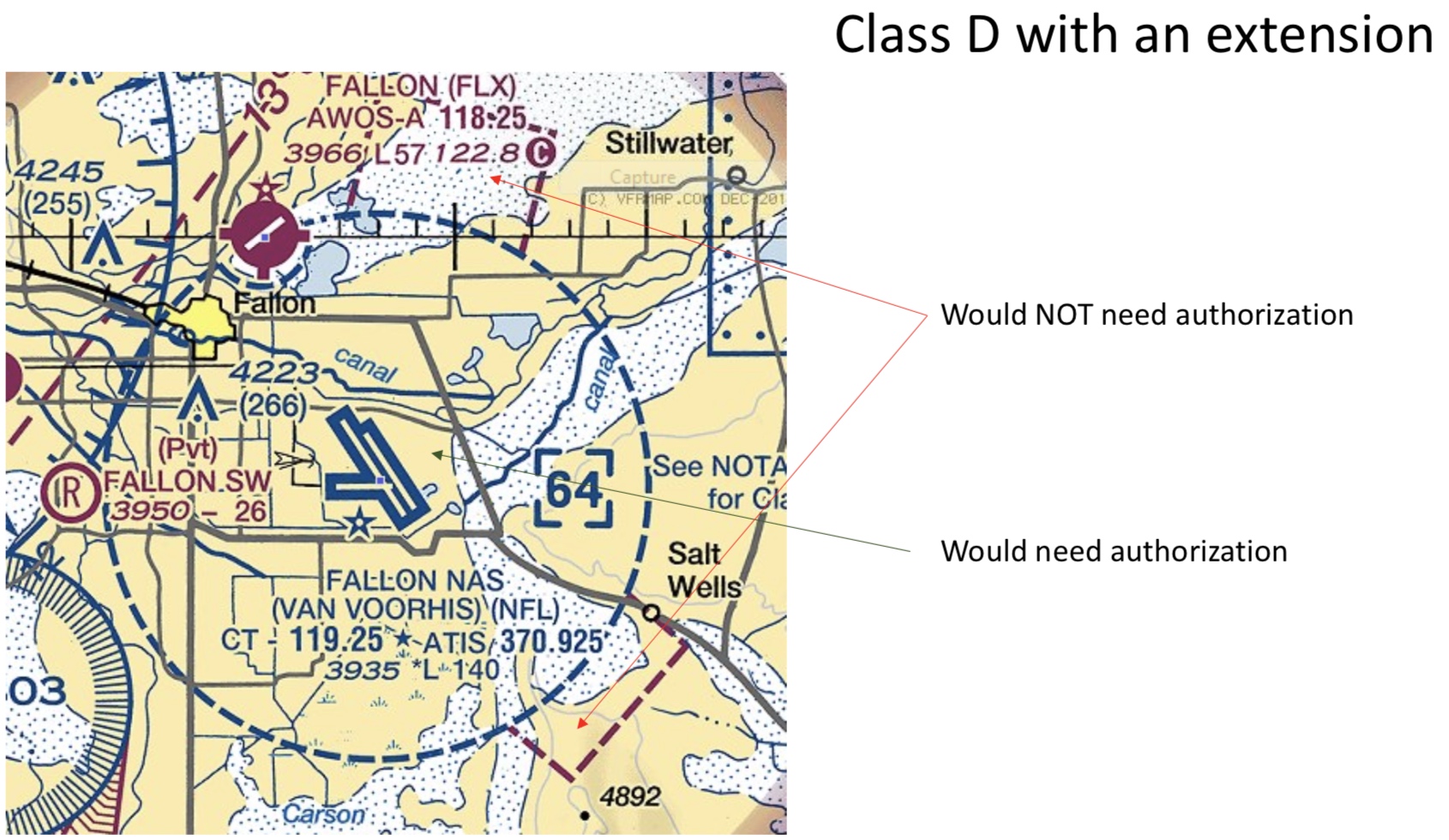By Bob Posey
Originally published in USHPA Pilot, November/December 2020
With a title like that, I imagine your eyes glazing over in boredom along with a deep desire to leave the page. Wait! Hear me out. Discussion on Federal Aviation Regulations (FARs) and airspace often feels like taking some kind of unpleasant medicine. However, this recent change will be of interest, especially for XC pilots or those flying sites near Class E extensions. The restrictions have changed, and the change is for the better!
What’s the main takeaway? We can legally fly through Class E extensions. Surface-based Class E airspace designated for an airport still requires prior authorization.



An important point to consider is if you’re someone who relies on your flight instrument to keep you clear of airspace, odds are your instrument will think Class E extensions are off-limits. You might benefit from a little knowledge and
a look at a sectional chart. (Check out SkyVector.com to explore sectional charts, check for Temporary Flight Restrictions (TFRs), and see NOTAMs.)
Allow me to offer a quick bit of background.
Paragliding and hang gliding fall under FAR 103 “Ultralight Vehicles” and the specific rule we’re
talking about is FAR 103.17:
§ 103.17 – Operations in certain airspace. Amdt. 103-17, 56 FR 65662, Dec. 17, 1991
No person may operate an ultralight vehicle within Class A, Class B, Class C, or Class D airspace or within the lateral boundaries of the surface area of Class E airspace designated for an airport unless that person has prior authorization from the ATC facility having jurisdiction over that airspace.
The key change centers around this bit: “...within the lateral boundaries of the surface area of Class E airspace designated for an airport...”
Due to a congressional order relating to drones, the FAA was forced to review their long-standing stance that Class E extensions were included in the restriction as they were “designated for
an airport.” To comply with the order, the FAA issued a somewhat obscure memorandum in January 2018, specifically for the drone community, that states, “Class E airspace designated for an airport” only requires prior authorization if the airport falls within the Class E airspace.
Since FAR 103 (Ultralight) has nearly identical airspace language as FAR 107 (Small Unmanned Aircraft), it seems logical that the change would apply to us. It’s taken years, but we’ve finally received verbal confirmation from the FAA Airspace Rules and Regulations division that it does apply to operations under FAR 103 (including hang gliding and paragliding), and they’ll be (hopefully) updating the preamble to clarify this point.
While some expected this based on the language of the memorandum, it’s nice to have regulatory speculation in the rearview window. At long last, we have been successful in getting confirmation from the FAA for our community. It has been a multi-year effort involving too many volunteers to list.